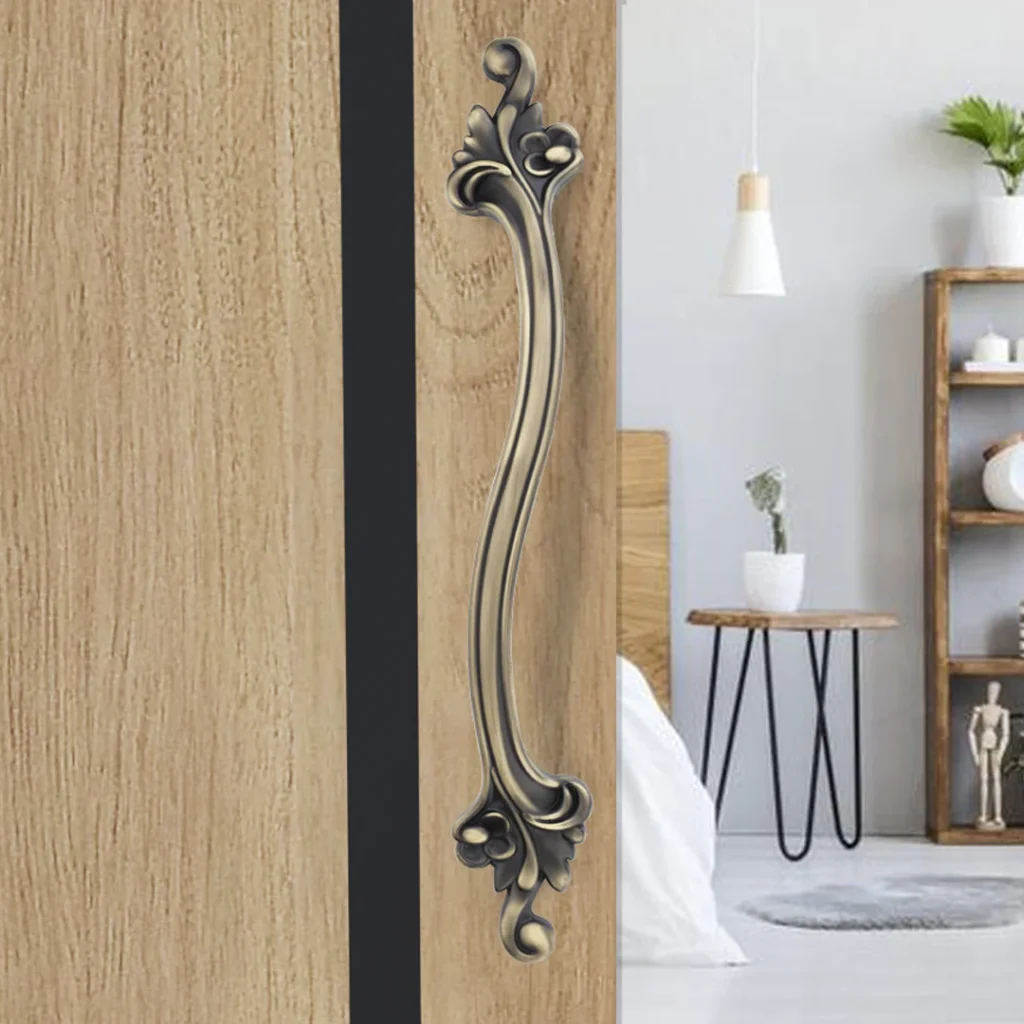What Is a Door Handle?

Door handles are functional hardware that looks good as well as helps you do the job of opening and closing your doors. Having so many different styles and finishes to select from when shopping for handles for any door in any home is something we are sure of.
There are also special handles that are meant to perform specific tasks such as those for entrance doors, privacy doors and dummy handles.
Latch Handle
This handle on backplate is for one-touch opening or closing a door; consists of lever/door handle on backplate which, when pulled down, drives a spindle that enters the door and opens tubular latch in the wall making it accessible.
These handles are keyed to mortice or cylinder locks for added protection, and also come in a dummy version for doors that don’t need the locking mechanism.
All door handles have springs built into the rose or backplate to bring them back to their original seated position when you open them, both aesthetically and for the use – so that the handles don’t sag and get cumbersome to turn.
Perforation in door based on lock type, but may be changed during checkout (read more below). Also called case size or lock centre.
Sash Lock Handle
Sash lock handles go with either a sash or mortice sash lock on doors that must be locked (exterior or interior security doors). They are made up of a handle/lever on a backplate with a keyhole cut out in it, so that a key opens it and operates the tubular latch within the case – these locks can be installed either inside or outside the case.
Sliding windows can be locked with a sash lock handle that has a spring/latch on the backplate and a mortice latch/dumblock in the case – there are different finishes available so you can match your doors/windows and satisfy your home insurance requirements. They’re kitemarked to British Standard 3621 too.
There are 2 kinds of sash locks 5 lever and 3 lever. 5 lever locks are safer because they are more robust (you get more levers); only on external doors that meet British Standard 3621 eg for an external garage door or where you want privacy – purchased stamped or kitemarked. 3 lever sash locks are better for inside because they have fewer levers and are therefore easier to duplicate; you will find these on all common internal domestic doors.
Mortice Lock Handle
For mortice lock handles, commonly on wooden doors, which can serve as latch or deadlock. Mortice locks are driven by keys which turn levers in the mechanism either locked or unlocked – so durable, they are highly secure – the more levers in their mechanism, the harder it is to pick!
It measures forend height and width, bolt aperture sizes, backset, handle follower centre and handle follower centre. All these measurements will be stored in the space where you drilled for your cylinder or handle; typically that is where levers are also.
British Standard approved mortice locks have been tested thoroughly and are accredited as being safer than others. These mortice locks are also favoured by insurance companies for home security; any BS-approved mortice lock will show the approval status by having a kite mark painted directly on the faceplate.
Lever Handle
Lever door handles look classy and will match any style of home in a number of finishes. They have a larger surface area and therefore easier to grip even for people with poor hand mobility and strength.
There is a keyhole drilled into these door handles below the handle/lever too, so that a key can open and close a mortice sash lock inside the door without tripping its handle/lever each time the door opens or locks. This makes it very easy to open and close without twirling a handle/lever in/out of a room.
Some lever handles feature lever returns to make them more accessible and can be useful for those who aren’t very strong or mobile and who have difficulty opening doors by turning with the thumbs rather than their whole hands to turn the lever. These handles can be seen on bathrooms and they meet disability regulations in some countries.
